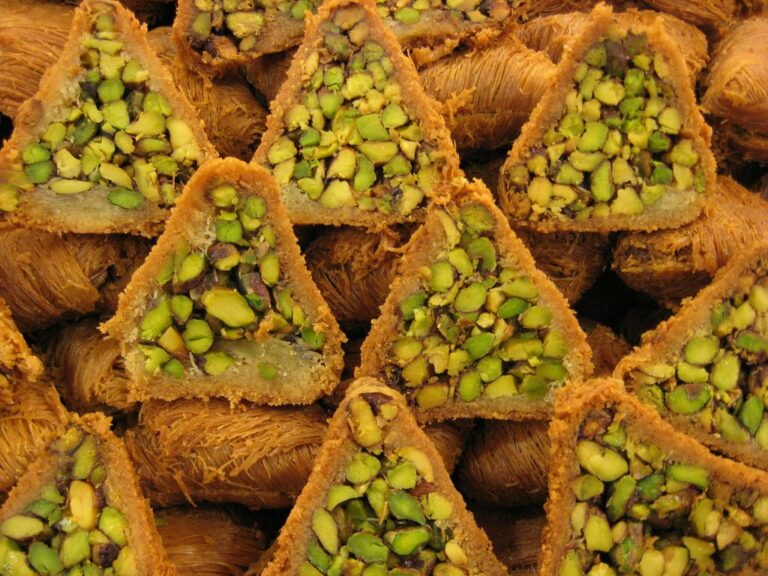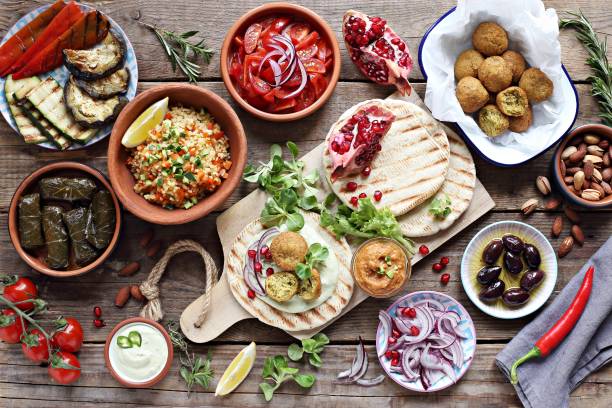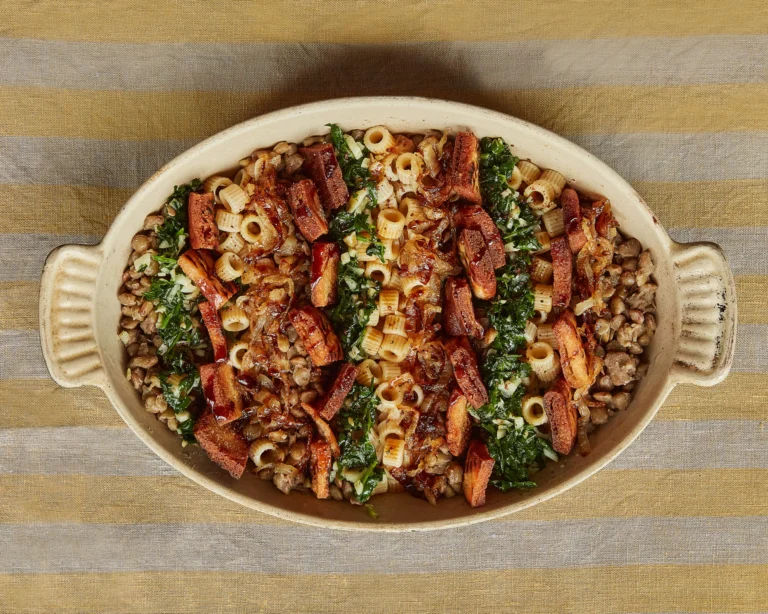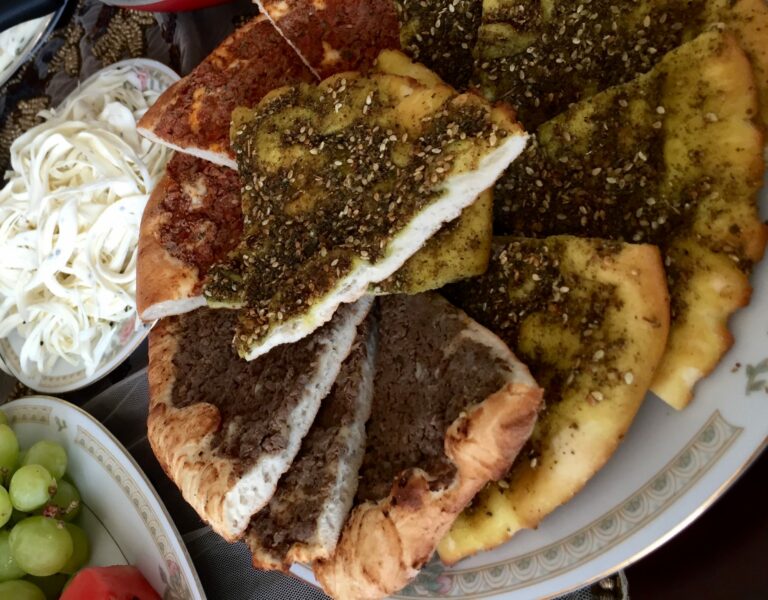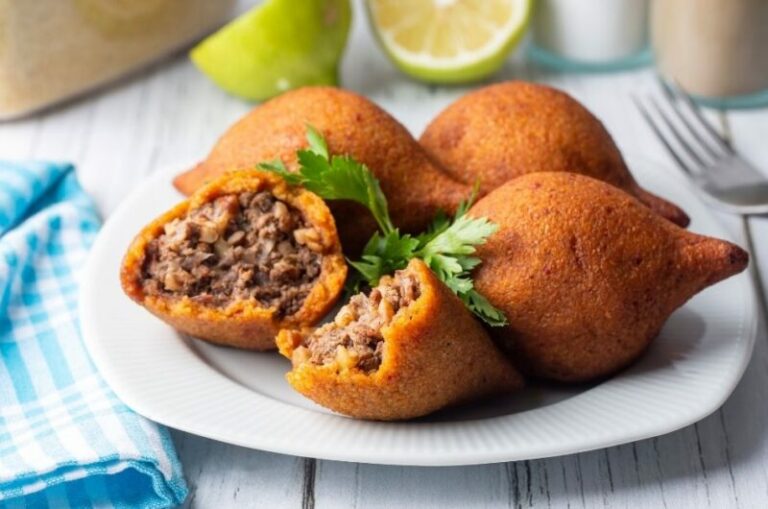Introduction: Syrian Cuisine Overview
Syrian cuisine is a fusion of Middle Eastern and Mediterranean flavors, influenced by the diverse cultures and cuisines of the region. It features a variety of dishes that reflect the country’s history and geography. Syrian cuisine is known for its use of aromatic spices, herbs, and seasonings, which add depth and complexity to the flavors.
Spices in Syrian Cooking: Common Ingredients
Spices play a crucial role in Syrian cooking and are a fundamental ingredient in most dishes. Some of the most commonly used spices in Syrian cuisine include cumin, coriander, cinnamon, cardamom, allspice, turmeric, and paprika. These spices are used to enhance the flavors of meats, vegetables, and grains. Herbs such as parsley, mint, and coriander are also widely used in Syrian cooking.
Heat Level in Syrian Dishes: Mild to Hot
Syrian cuisine has a wide range of dishes, varying in heat levels from mild to hot. While some dishes may be spicy, not all Syrian dishes are necessarily hot. The use of chili peppers is not as prevalent in Syrian cooking as in some other Middle Eastern cuisines. Instead, spices like black pepper, cumin, and allspice are used to add warmth and depth of flavor.
Regional Variations: Differences in Spice Usage
The use of spices varies across regions in Syria, and some areas are known for their particular spice blends. For example, Aleppo pepper, a mild, fruity chili pepper, is a staple in dishes from the northern region of Syria. In contrast, the southern region of Syria is known for using more sour flavors, such as pomegranate molasses. The coastal region of Syria, on the other hand, incorporates more seafood in its cuisine.
Vegetarian Syrian Dishes: Spicy or Not?
Vegetarian Syrian dishes are abundant, and they are not necessarily spicy. Some of the most popular vegetarian dishes include stuffed grape leaves, fattoush salad, and hummus. These dishes are typically flavored with herbs, garlic, and lemon juice, rather than hot spices. However, some vegetarian dishes, such as mujadara, a lentil and rice dish, may be seasoned with cumin and other spices.
Conclusion: Spices in Syrian Cuisine
Syrian cuisine is known for its use of aromatic spices, which add depth and complexity to its dishes. While some dishes may be spicy, not all Syrian cuisine is necessarily hot. The use of spices varies across regions in Syria, and some areas are known for their particular spice blends. Regardless, spices are an essential ingredient in Syrian cuisine, bringing its distinct flavors to life.

